Herping Snake Road (and the surrounding area) October 3-9, 2020 - 17 snake species in 7 days.
Things started out with the weather being cool and cloudy, so I decided to focus my efforts on amphibians. This cypress swamp looked like a good habitat to explore.
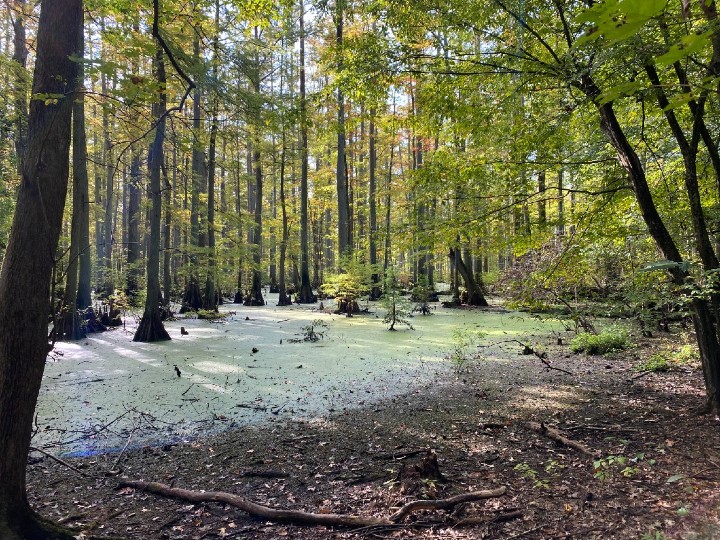
Mole Salamander - This 3 to 4 inch amphibian seems to have a head and feet too big for the rest of the creature. It kind of reminds me of a Bulldog.
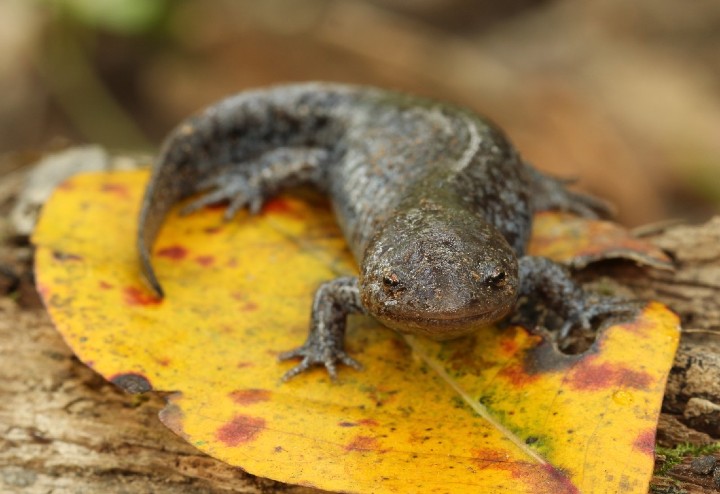
Green Frogs tend to stay close to the water’s edge, ready to leap in (and often give a squeak) if they sense danger.
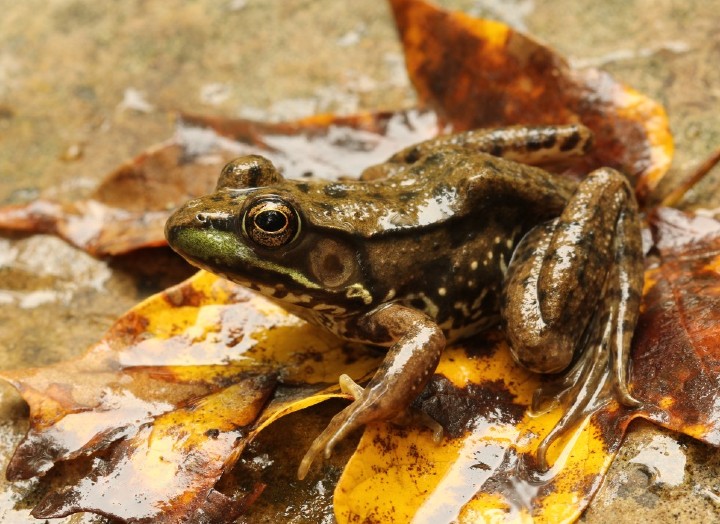
The Modest Katydid is a pretty good leaf mimic.
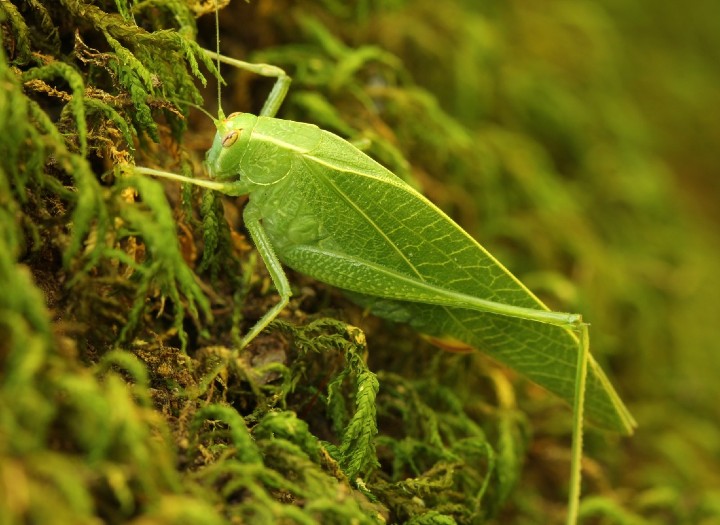
A hefty Marbled Salamander - probably a female getting ready to lay her eggs.
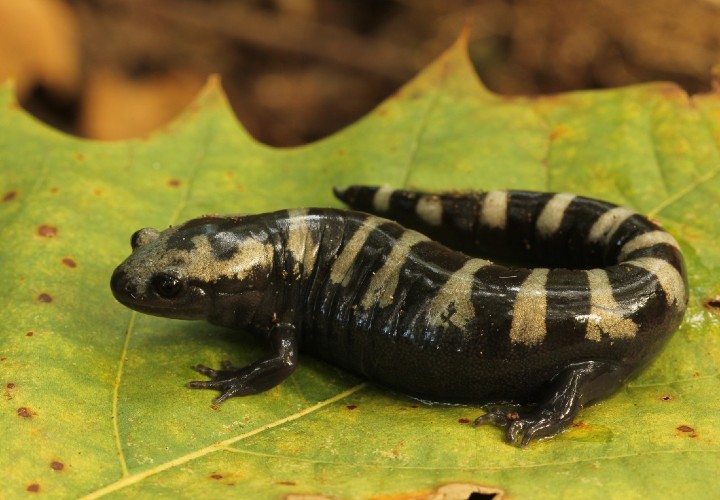
Spotted Touch-me-not - Its ripe, long banana-shaped seed pods explode when touched, expelling its seeds in all directions.
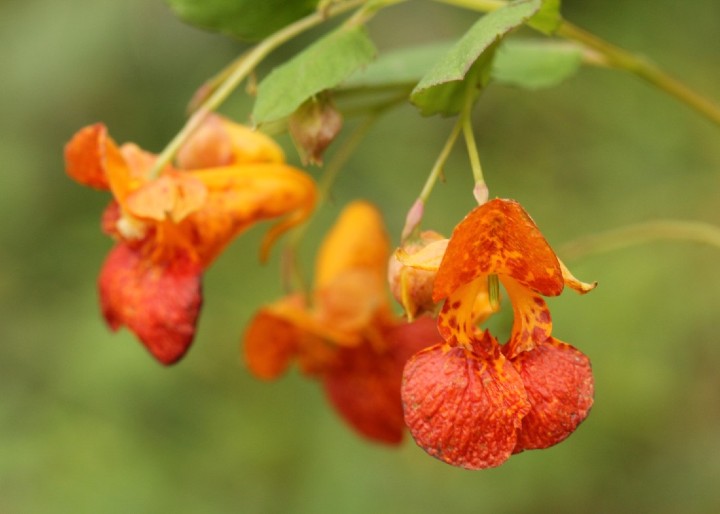
A nearly "spotless" Southern Leopard Frog.
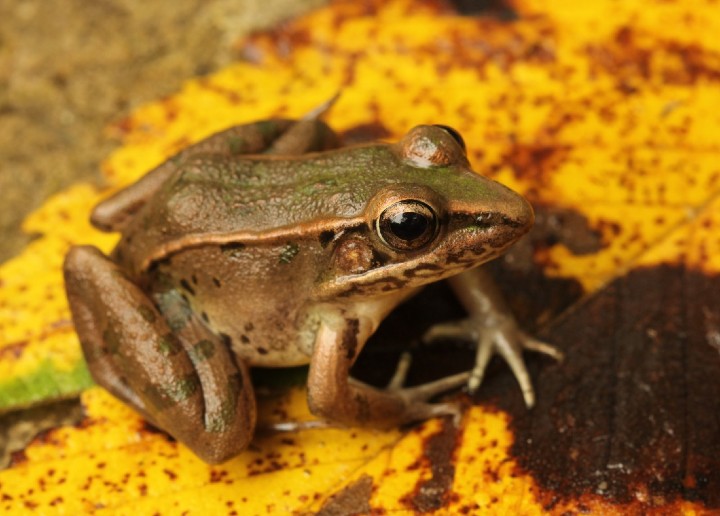
Wolf Spiders do not build webs to catch their food. Instead they use their vision and their sensivity to vibrations to hunt for prey.
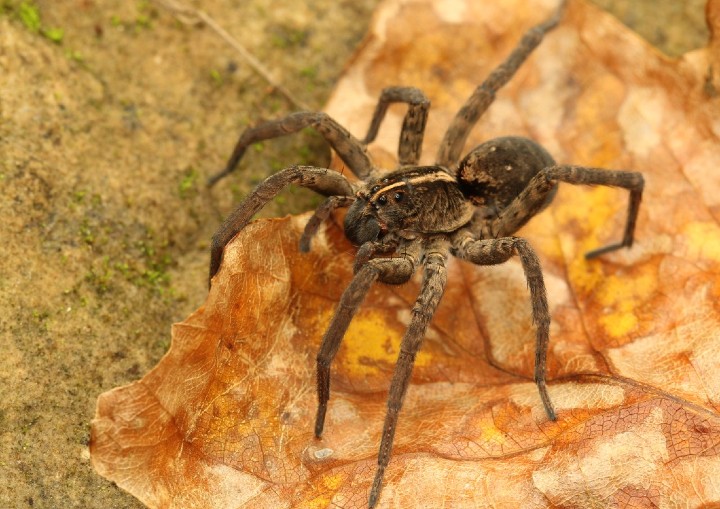
The Blancahard's Cricket Frog has a distinctive breeding call consisting of a rapid series of metallic clicks, similar to the sound made when two pebbles or marbles are tapped together.
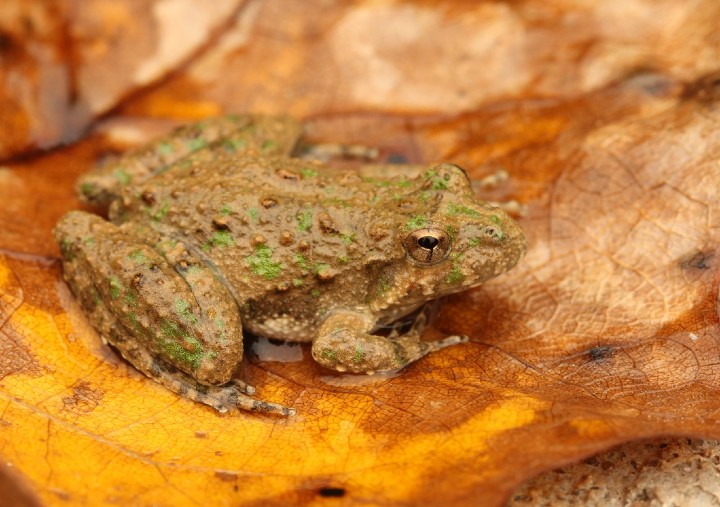
It's easy to see how the Spotted Salamander gets its name.
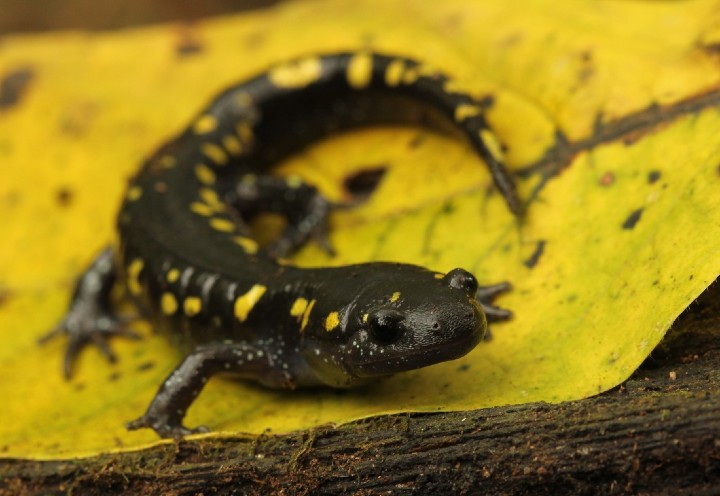
Marbled Salamanders are part of a group known as "mole salamanders," and spend most of their lives under logs or in burrows.
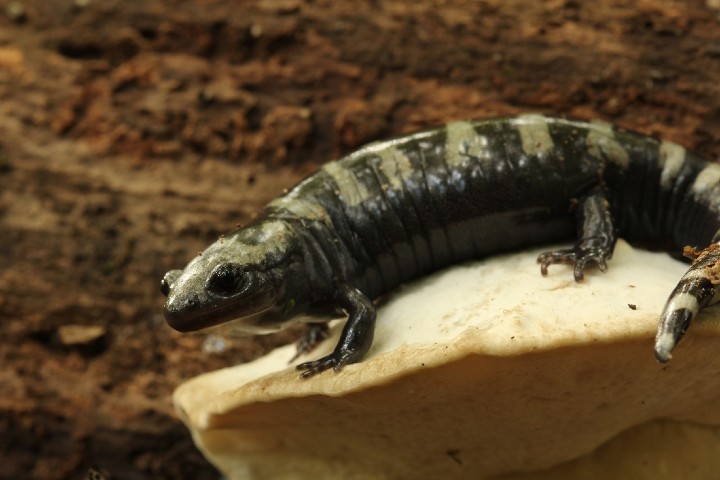
American Giant Millipede - Although the name millipede means “thousand legs,” most millipedes have more like 300.
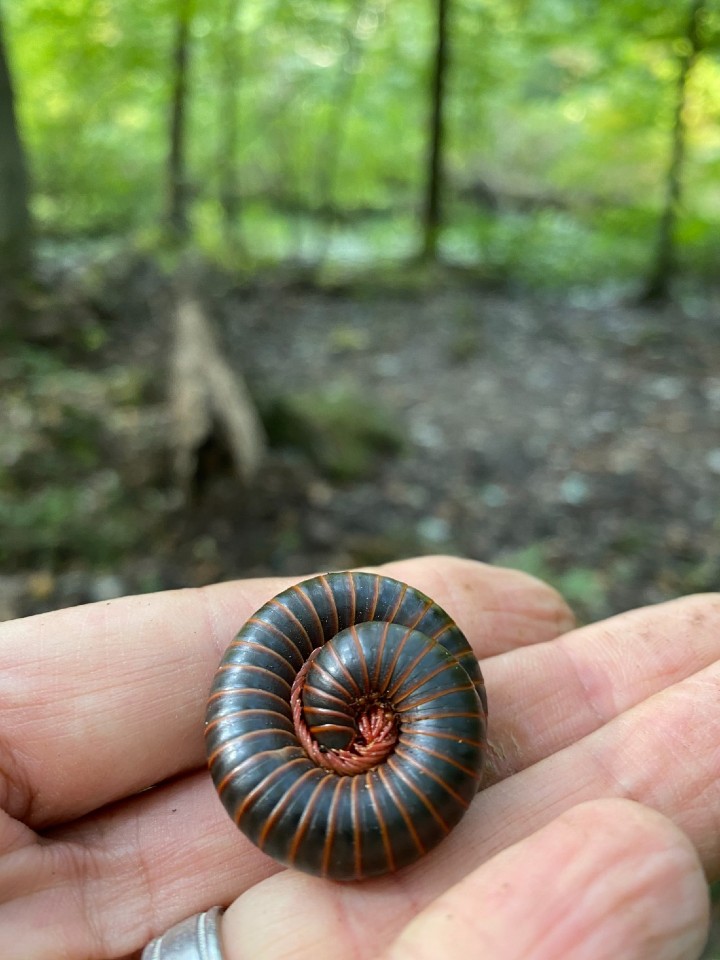
Wild Phlox is a woodland species that resides in forests, fields and along streams.
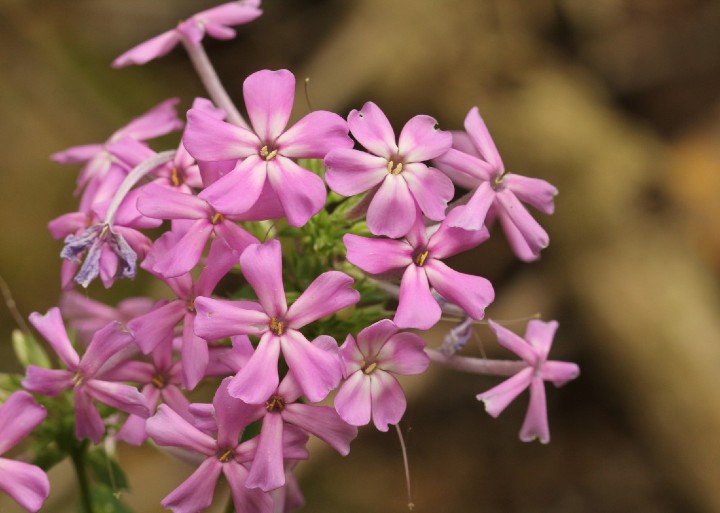
The first snake that I found on the trip was this Plainbelly Water Snake.
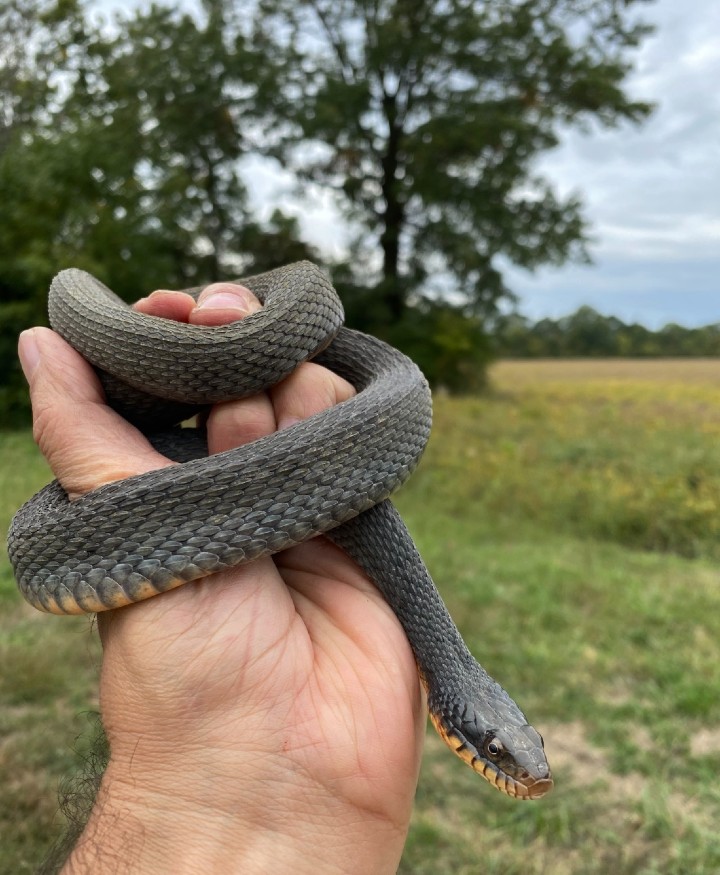
On the second day of the trip. I decided to check out this habitat.
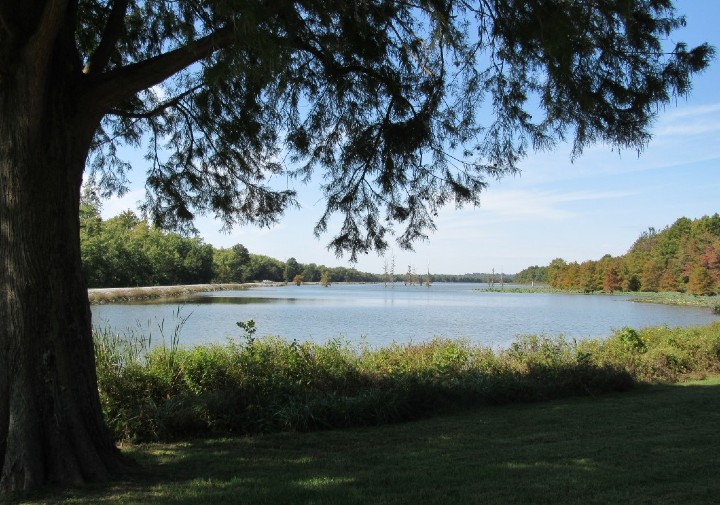
Midland Painted Turtles get their name due to their bright yellow and red markings.
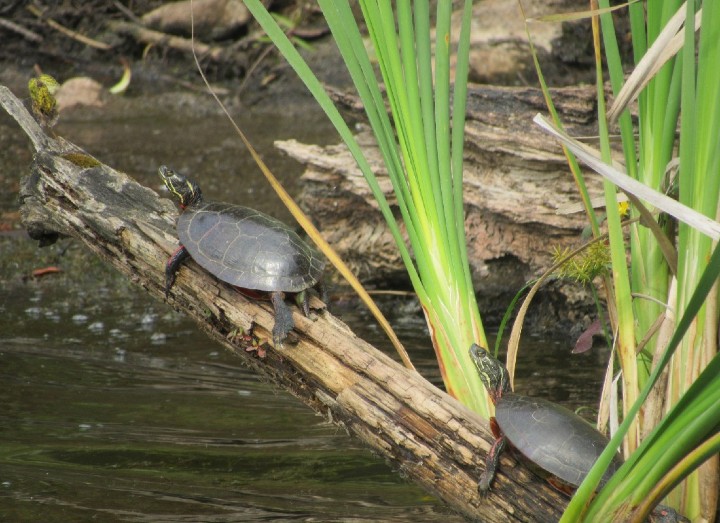
The Midland Water Snake can be found in and around lakes, ponds, creeks, rivers and even in drainage ditches.
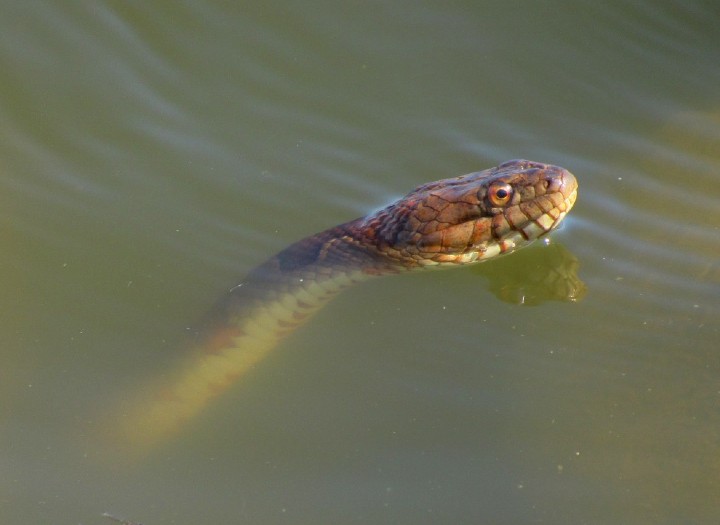
Though their body shape resembles that of an opossum, the Nine-banded Armadillo is most closely related to sloths and anteaters.
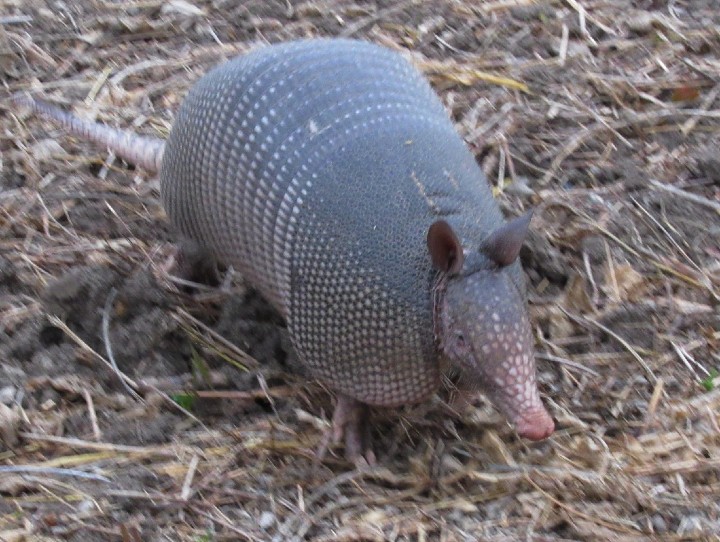
Lesser Siren - I had an encounter with this “lifer” amphibian. Sirens are usually regarded as the most primitive living salamanders; sirens share a conspicuous basic characteristic – the absence of rear limbs.
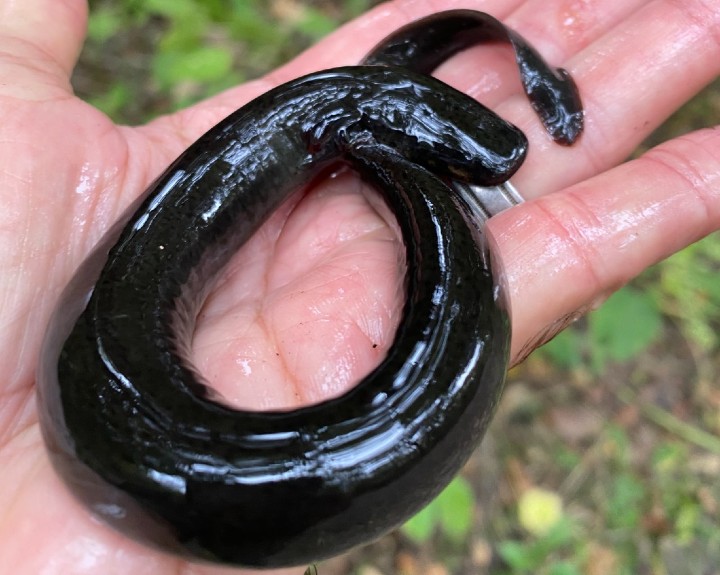
Another feature of this awesome amphibian is that it retains and uses its external gills throughout its life. Lesser Sirens are completely aquatic, rarely leaving water unless its an absolutely necessity.
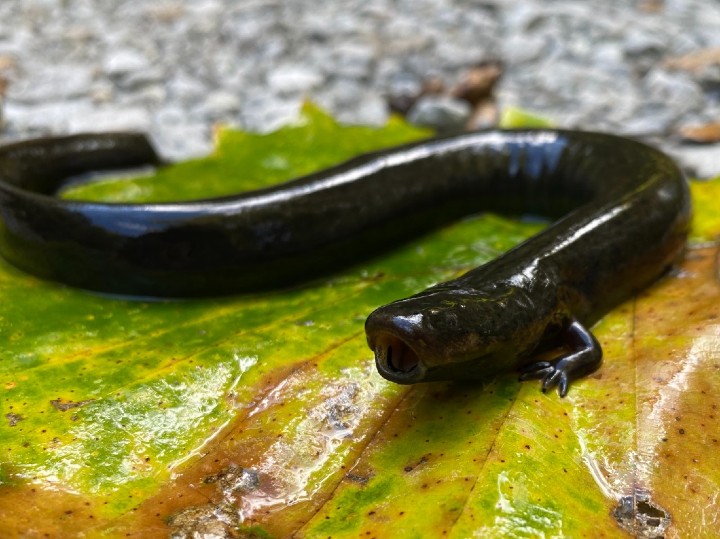
The Pirate Perch is the sole member of the family Aphredoderidae. Charles C. Abbott, a pioneer ichthyologist, is credited with giving this fish its common name, after observing that a specimen he kept in an aquarium ate only other fish.
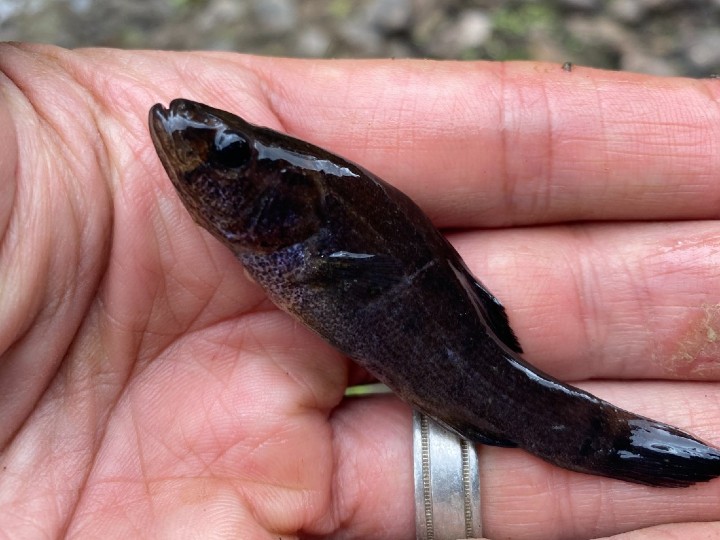
Click here to see Part 2
|